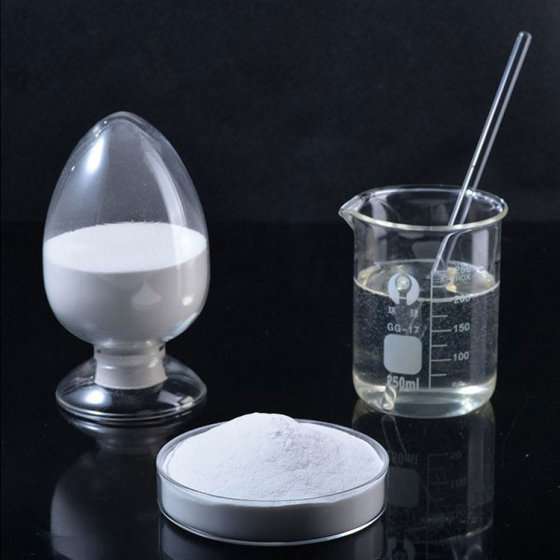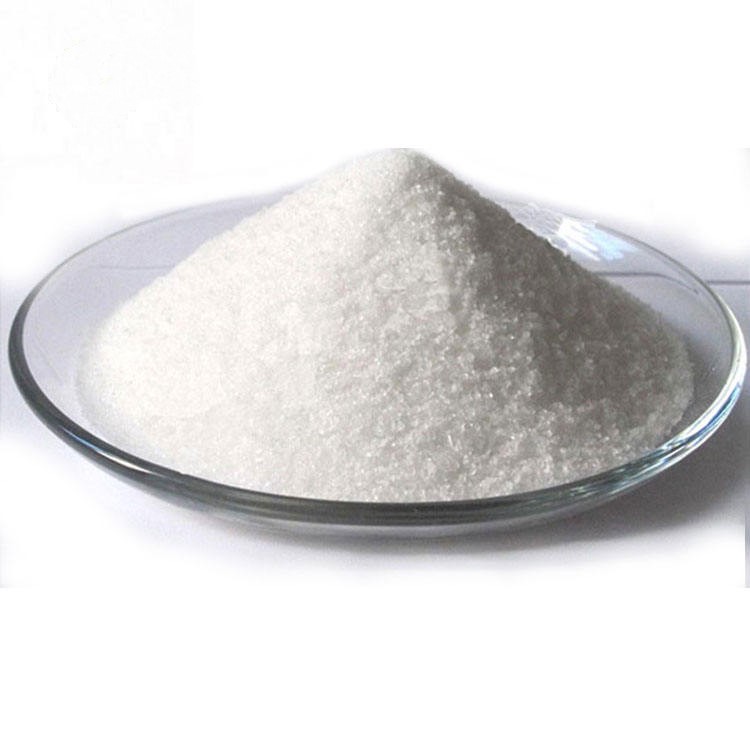
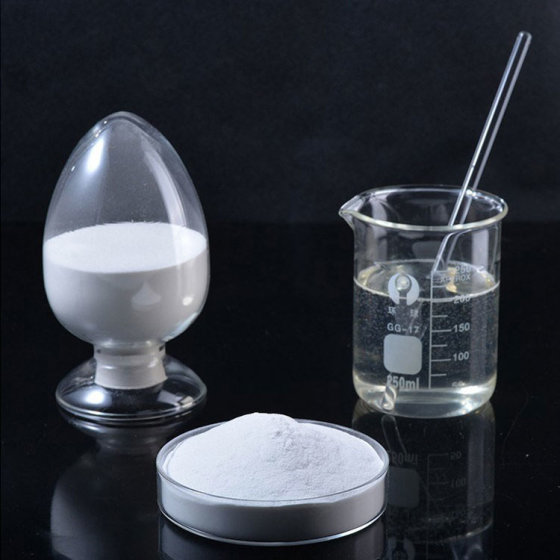
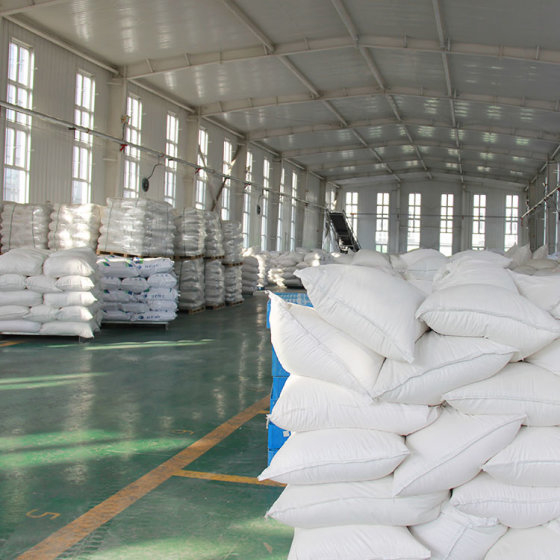
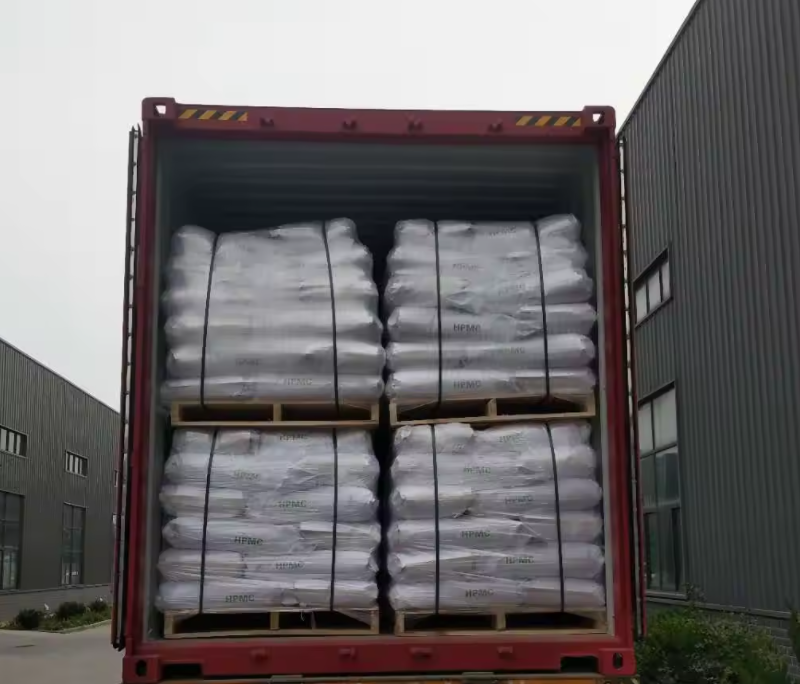




Hydroxyethyl methylcellulose/MHEC
Hydroxyethyl methylcellulose (MHEC) has excellent thickening efficiency, color development, opening time, and excellent anti biodegradability. Widely used in water-based latex coatings, construction and building materials, printing inks, petroleum drilling, and other fields.
Product advantages
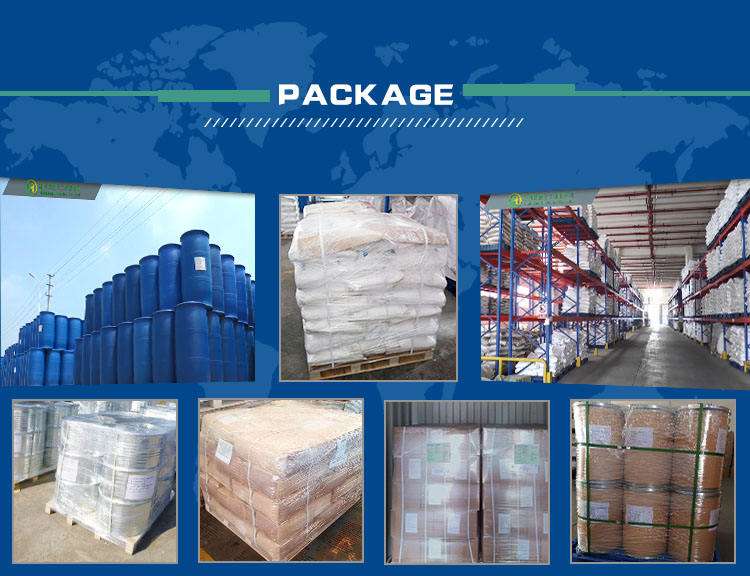
allowing more water to stay in the raw materials.
2. Appropriate opening hours: Maintain the wetness of the raw material surface for a certain period of time, ensuring the liquid's usable time and smooth operation.
3. Good suspension effect: Provides suspension without changing the viscosity of the liquid.
The purpose of MHEC
Hydroxyethyl methylcellulose, also known as methylcellulose, is an organic compound called methyl hydroxyethyl cellulose. The most important uses of hydroxyethyl methyl cellulose include the production of adhesives, cosmetics, paper and textiles, pharmaceuticals, paints, and some other industrial applications.
The following are the main uses of hydroxyethyl methyl cellulose
1. Thickener
Hydroxyethyl methylcellulose serves as a thickener in cosmetics such as shampoo and conditioner, and can form a thin film on hair strands. This can make hair look smooth and shiny. In addition, the material covers hair bundles to protect them from water damage. Because it is water-soluble, it will not accumulate on hair even after repeated use of products containing it.
2. Binder
Hydroxyethyl methyl cellulose is an excellent adhesive or adhesive because it forms gel when mixed with water. This substance is commonly used in the manufacture of pills and capsules, which can combine different pill ingredients together to form pills that are easy to swallow.
3. Medicine
In the medical field, we have all taken hydroxyethyl methyl cellulose because this substance has been used in the manufacturing of medical products for decades. It is used as an excipient (in the sense that the active drug contains a combination of all components). In addition, methylhydroxyethyl cellulose is used to encapsulate pills and help slow down their release into the body.
4. Dispersant
When mixed with other chemicals, this compound will act as a dispersant. It will absorb water to form gel, while keeping the ingredients in suspension. This makes it suitable for various applications, including household products such as laundry detergent, food products such as fresh cream, cosmetics such as toothpaste, and drugs such as cough syrup or eye drops.
5. Concrete mixture
Concrete mixtures using hydroxyethyl methyl cellulose are often used due to their smoothness and strength. Methylcellulose is used to cover the inner surface of concrete pipes, giving them a uniform thickness and reducing wear over time. When exposed to water, heat, or other harsh conditions, this method also produces an anti cracking effect
6. Paper
Due to its low toxicity and ability to improve paper performance while reducing production costs, this compound has gained widespread recognition in the papermaking industry. Used as a dry strength agent in paper production to improve tensile strength without increasing weight; Due to its excellent performance as a dispersant, it can also be used as a pigment binder in paper coatings and a water retaining agent in paper.
7. Soil stabilizer
Hydroxyethyl methylcellulose (MHEC) can be used as a soil stabilizer to increase crop yield in marginal land and irrigated areas. It can be mixed with water and applied to soil to improve water retention during dry periods or when rainfall is scarce. When mixed into fertilizer formulations, MHEC enables plants to retain available nutrients for a longer period of time than untreated fertilizers.
8. Moisturizers and surfactants
Hydroxyethyl methyl cellulose (MHEC) is also used as a humectant and surfactant in cosmetics, infant lotion, shampoo and bath oil. Surfactants are wetting agents that can reduce the surface tension of liquids and disperse them on the surface. It can be used as an emulsifier to keep water-based and oil-based components mixed in cosmetics.
9. Paint and Coatings
Hydroxyethyl methylcellulose, also known as MHEC and methylcellulose, is a thickener used in paints and coatings. This compound helps prevent paint from sagging and dripping when dry. This combination also helps to provide additional adhesion for colors, making them suitable for building construction. MHEC is commonly used as a thickener in decorative coatings. Decorative paint is not as strong as structural paint, so they require thickeners to help them adhere to walls and other surfaces without cracking or peeling. MHEC provides waterproofing for decorative coatings, making it more difficult for walls to be damaged by contact with water. It also helps to clean painted surfaces more easily.
10. Herbicides
Some farmers use hydroxyethyl methyl cellulose as a herbicide. When mixed with water and sprinkled on certain plants, it can help stop growth or completely kill the plants. This gel like substance helps the herbicide stay in place and will not be washed away by water or wind.
11. Food production
Due to the stability of its products, hydroxyethyl methyl cellulose is commonly used as an ingredient in the production of commercial ice cream. Can replace gelatin and plant gum, such as guar gum and arabic gum. This compound is also added to baked goods, salad dressings, and salad dressings. It helps to prevent sugar crystallization and extend the shelf life of food by controlling the moisture content.
12. Cement
Hydroxyethyl methyl cellulose helps improve the efficiency of cement by prolonging water retention and hydration reactions. This helps to reduce the amount of cement required in construction projects, ultimately lowering costs. This compound can also be added to concrete mixtures to improve their structural properties, such as flexural strength, compressive strength, and tensile strength. Hydroxyethyl methylcellulose has good thixotropy and is easy to mix, endowing mortar with pumpability. It also improves the resistance to sagging and high water retention, prolongs the working time of mortar, and helps it form high mechanical strength during setting.
13. Oil drilling
Hydroxyethyl methylcellulose is also used in petroleum drilling operations to thicken the liquid used in exploration processes. This helps to ensure that the liquid can be pumped through the pipeline without dripping or overflowing.
14. Cosmetics
Hydroxyethyl methylcellulose is present in many cosmetics, including hair gel, shampoo, conditioner, toothpaste, and soap. Like other uses of methylhydroxyethyl cellulose, it is used to increase the viscosity of these products and make them easier to apply.
15. Gypsum plastering and plastering products
Hydroxyethyl methyl cellulose is used as an adhesive with thixotropy and retardancy to improve ductility and extend workability. Water retention prevents the slurry from cracking due to rapid drying after construction, and increases the strength after hardening.
16. Mortar
Hydroxyethyl methyl cellulose improves the adhesion between masonry mortar and masonry surface, enhances water retention, and thus enhances the strength of the mortar. Improve lubrication and plasticity, thereby improving construction performance.
17. Board caulking
Hydroxyethyl methyl cellulose has excellent water retention, lubrication, high shrinkage, and crack resistance, providing a smooth and uniform texture for the material and enhancing the adhesion of the joint surface
